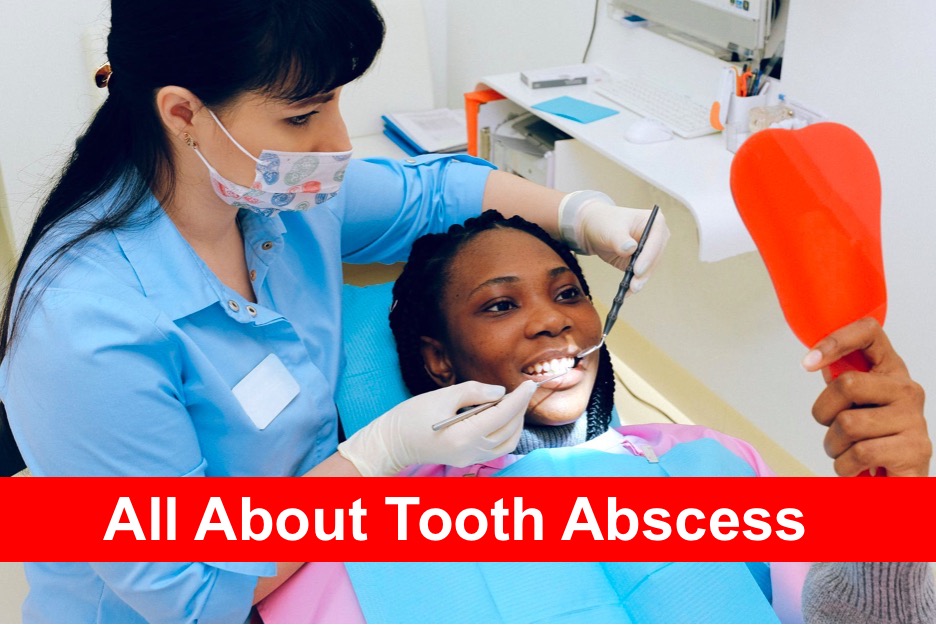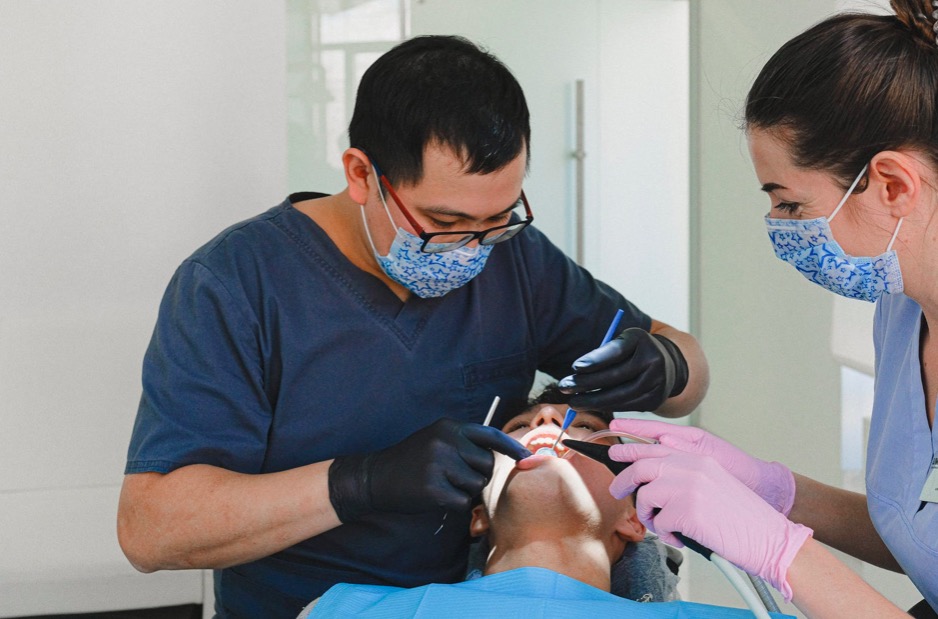All About Tooth Abscess

A tooth abscess, also known as an abscessed tooth, is actually a pocket of infected pus that is caused by a tooth infection. The infected cavity may occur in other parts of the tooth for various reasons. A typical periodontal abscess, also called a periodontitis infection, usually occurs in the center part of the tooth just below the gum line. In this kind of abscess, the infection occurs between the gingival tissues and the tissues of the jaw bone. Another type of abscesses – a periapical abscess – develops at the base of a tooth near the pulp.
Periodontitis is the inflammation or irritation of gums caused by plaque, tartar, or calculus. Prolonged irritation from plaque can eventually lead to inflammation of tooth roots and tissues, and eventually to an infected tooth. If not treated early enough, a tooth abscess can spread to other nearby teeth and lead to serious dental health problems.
Dental Abscess and Doctor Application
When you visit your dentist, he may recommend treating the symptoms of your tooth abscess with antibiotics. However, if the dentist suspects that you may have a more serious type of abscess, he may need to do more things to help you. For instance, he may need to remove the source of inflammation in order to treat it. This could mean removing the bus or taking away the infected area.

If you have a periapical dental abscess
If you have a periapical tooth abscess, the dentist will treat it using traditional methods such as cutting out the offending area and sealing it up with stitches. In some severe cases, a tooth abscess may need to be extracted through surgery. This type of abscess is more likely to involve a tooth that has become damaged due to decay. If it is left untreated, it can lead to extensive damage to the nerve, blood supply, and nutrients supply to that area. This can result in significant complications or even death.
However, not all tooth abscesses are caused by tooth decay. Some can be caused by gum disease called periodontitis. In this case, the infection is generally located below the gum line, rather than on the surface of the teeth like the abscesses caused by bacteria. Treating the gum disease can help to reduce the amount of pain you feel as well as help to prevent gingivitis from developing into a full-blown tooth abscess.
Many people don’t associate tooth abscess with dry mouth. However, this is one of the most common symptoms of an abscess because it often goes hand-in-hand with tooth decay and painful jaw areas. If you think you have a tooth abscess, seek dental attention quickly so treatment can begin. The longer it is left untreated, the more painful it will become and the greater the risk for your health.


